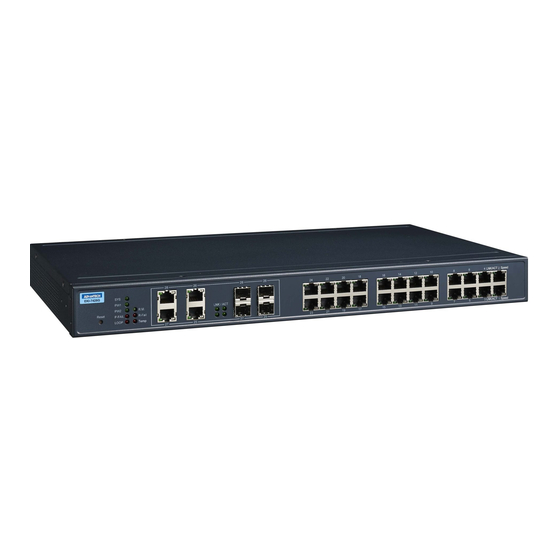
Advantech EKI-7428 Series Switch Combo Manuals
Manuals and User Guides for Advantech EKI-7428 Series Switch Combo. We have 1 Advantech EKI-7428 Series Switch Combo manual available for free PDF download: User Manual
Advantech EKI-7428 Series User Manual (159 pages)
24GE+4G Combo/24GE PoE+4G Combo Port L2 Managed Switch
Table of Contents
Advertisement
